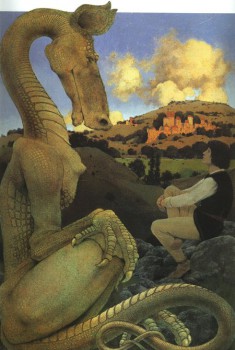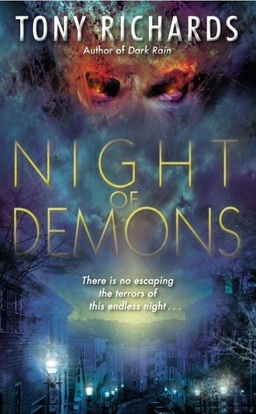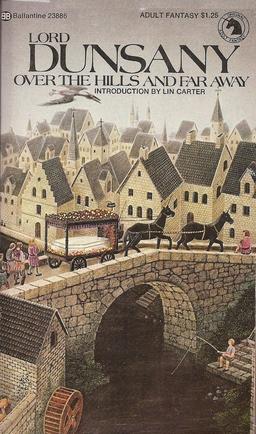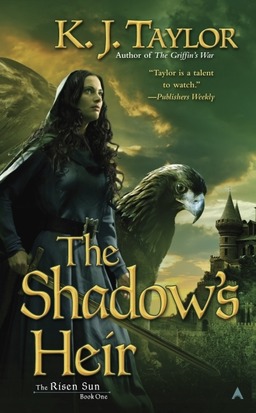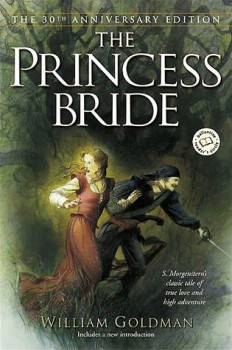Fantasy New Year’s Musings
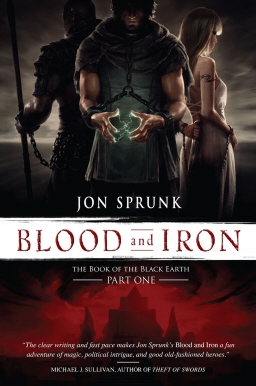 Hello, friends. As 2013 comes to a close and the New Year dawns, I’m taking a few moments to consider what 2014 will bring to the realm of fantasy.
Hello, friends. As 2013 comes to a close and the New Year dawns, I’m taking a few moments to consider what 2014 will bring to the realm of fantasy.
Personally, I’m proud to announce the beginning of a new fantasy tetralogy next year, starting in March with Blood and Iron. I’ll be finishing the sequel in 2014, as well as writing at least one short story for a friend who invited me to be a part of his fantasy shared-world. (More details on that next year.)
I also have a few conventions and a writing conference scheduled in 2014. These are often the highlights of my professional life, as I get to reconnect with old friends and make some new ones. Meeting readers and other writers is one of the awesome perks of this field.
The big one will be a return to DragonCon. I’d gone three years in a row before taking 2013 off, but I’ve missed it so much I have to go back. It’s a four-day fantasy/scifi geekfest with all the trimmings. Great costumes, wonderful guests, and some of the best partiers on the planet.
Beyond my professional goals, I will make an effort to read more books next year. It’s a funny thing. I had so much more time to read before I started writing full-time. Alas, that’s what happens when you embrace your passion.
Yet I’m going to make more time to read in 2014. There are so many freaking amazing books out there and I want to devour as many as possible. My problem is that I like to go back and re-read my favorite books/series, so I’m forever trying to catch up with the new crop.
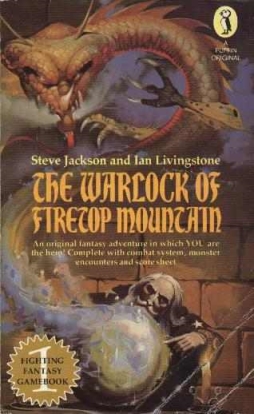 It’s a time for looking back, as the old year ends. Now so it happens that on a Boxing Day sale I picked up a book I loved as a child; and therefore it seems fitting to write a little about it, now, glancing back down the vanished days of this and other years, and to try to again see the pleasure I once had. Will it come again, as I work through the text? If I work on the text, then no. Because this text, more than most, is not made for working. It is a thing to be played.
It’s a time for looking back, as the old year ends. Now so it happens that on a Boxing Day sale I picked up a book I loved as a child; and therefore it seems fitting to write a little about it, now, glancing back down the vanished days of this and other years, and to try to again see the pleasure I once had. Will it come again, as I work through the text? If I work on the text, then no. Because this text, more than most, is not made for working. It is a thing to be played.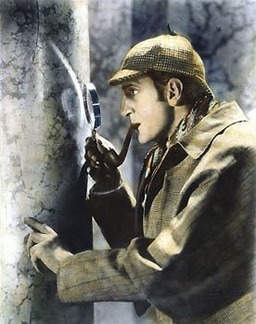
 For some years now I’ve been wanting to reread Virginia Woolf’s Orlando. I first read the book about twenty years ago, and though I enjoyed it I came away confused. I felt as though on some level I really hadn’t understood the book. As though I hadn’t grasped how to read it. So, time having passed and me having (maybe) come to understand a bit more about books and reading, I sat down with Orlando again. And, as I’d hoped, I enjoyed it more thoroughly this time around, and felt as though I’d understood it a little better than I had. What surprised me was the reason for that understanding. I felt as though I’d worked out how to approach the book not because of any greater knowledge of modernism, or even because I’d read other books by Woolf, but because I now had a greater experience of early fantasy. More than I’d remembered or understood when I first read the book, Orlando is of a piece with the fantastic fiction of its time.
For some years now I’ve been wanting to reread Virginia Woolf’s Orlando. I first read the book about twenty years ago, and though I enjoyed it I came away confused. I felt as though on some level I really hadn’t understood the book. As though I hadn’t grasped how to read it. So, time having passed and me having (maybe) come to understand a bit more about books and reading, I sat down with Orlando again. And, as I’d hoped, I enjoyed it more thoroughly this time around, and felt as though I’d understood it a little better than I had. What surprised me was the reason for that understanding. I felt as though I’d worked out how to approach the book not because of any greater knowledge of modernism, or even because I’d read other books by Woolf, but because I now had a greater experience of early fantasy. More than I’d remembered or understood when I first read the book, Orlando is of a piece with the fantastic fiction of its time.